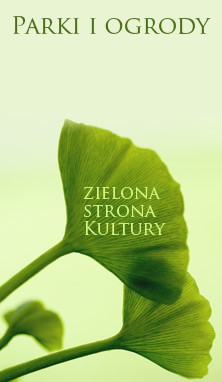Two Cupids Fighting over a Heart
karta katalogowa kolekcji
Rzeźba
copy of a sculpture by Pierre Philippe Thomire, 1751-1843
before 1867
White marble, pedestal of grey and white marble
50 x 3.5 x 31.5 cm
Wil.2866
This depiction of two Cupids fighting over a heart lying at their feet may be an allusion to the familiar mythological theme of two brothers, Eros and Anteros, bound in a perpetual rivalry for love's strength and purity. In 16th-century Neoplatonic concepts, the Twin Loves took on the form of an hostile contention when Eros and Anteros came to be identified with secular and heavenly love, respectively. Perhaps the puzzling gesture of one of the Cupids, who seems to intend to destroy the heart, is an echo of this interpretation. The rose lying near the scene, an attribute of the goddess of love, Aphrodite, can also be associated directly with sensual pleasure. These erotic references link this exhibit with the subject matter of numerous Rococo marble sculptures known as commandés, which enjoyed an especial popularity in 18th-century France (Marquise de Pompadour was a fan). The direct model for this item was a bronze by P. P. Thomire, now in a private collection of the Stroganoff family, probably belonging formerly to the Pavlovsk Castle collection. The pendant, by a later artist, is a group of two Cupids placing a crown on a heart. According to tradition, both items used to belong to Tsarina Catherine the Great.
Dominika Walawender-Musz
This depiction of two Cupids fighting over a heart lying at their feet may be an allusion to the familiar mythological theme of two brothers, Eros and Anteros, bound in a perpetual rivalry for love's strength and purity. In 16th-century Neoplatonic concepts, the Twin Loves took on the form of an hostile contention when Eros and Anteros came to be identified with secular and heavenly love, respectively. Perhaps the puzzling gesture of one of the Cupids, who seems to intend to destroy the heart, is an echo of this interpretation. The rose lying near the scene, an attribute of the goddess of love, Aphrodite, can also be associated directly with sensual pleasure. These erotic references link this exhibit with the subject matter of numerous Rococo marble sculptures known as commandés, which enjoyed an especial popularity in 18th-century France (Marquise de Pompadour was a fan). The direct model for this item was a bronze by P. P. Thomire, now in a private collection of the Stroganoff family, probably belonging formerly to the Pavlovsk Castle collection. The pendant, by a later artist, is a group of two Cupids placing a crown on a heart. According to tradition, both items used to belong to Tsarina Catherine the Great.
Dominika Walawender-Musz

















